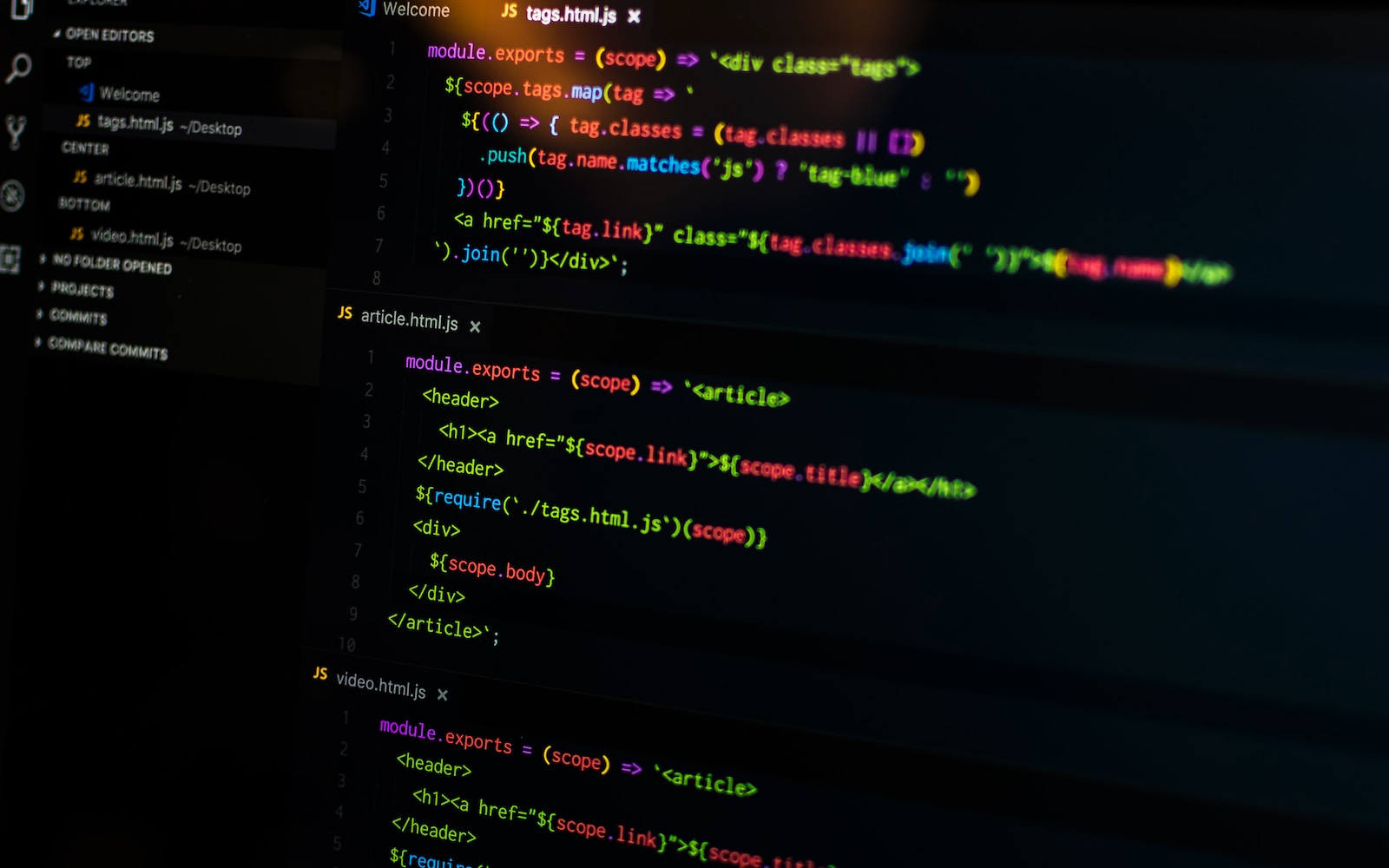Developing and testing Angular applications can be a challenging process, fraught with errors and complications. However, with the right strategies and techniques, developers can optimize their testing processes and achieve successful outcomes. In this article, we will explore the best practices, strategies, and tips for enhancing Angular app testing and avoiding common pitfalls. By following these guidelines, you can achieve comprehensive test coverage, improve test performance, and ensure test maintainability.
Key Takeaways
- Efficient testing processes are crucial for successful outcomes in Angular app development.
- Best practices for Angular testing include unit testing, integration testing, and end-to-end testing.
- Test-driven development, mocking dependencies, and testing frameworks like Jasmine and Karma can enhance testing efficiency.
- Common pitfalls in Angular app testing include improper setup, inadequate test coverage, and failure to update tests as the application evolves.
- Strategies for optimizing test performance in Angular apps include parallelizing tests, using test doubles, and caching mechanisms.
- Automated testing can streamline testing processes and enhance overall productivity.
- Solutions for common challenges in Angular app testing include handling asynchronous testing and complex dependencies.
- Organizing tests, using test suites, and writing clean, modular code can improve test maintainability.
Understanding Angular Testing Best Practices
Testing Angular applications can be complicated, but following best practices can make the process much smoother. There are several types of testing that should be employed, including unit testing, integration testing, and end-to-end testing.
Angular Unit Testing
Unit testing involves testing individual components of an Angular application, such as services, directives, and pipes. By isolating these components, developers can ensure that they function as intended without interfering with other parts of the application.
When writing unit tests, it is important to keep them simple and focused on the specific functionality being tested. Ideally, unit tests should cover all potential scenarios that the component may encounter.
Angular Integration Testing
Integration testing involves testing how different components of an Angular application work together. This type of testing can reveal issues that may not be uncovered during unit testing.
When performing integration testing, it is important to consider all possible interactions between components. Additionally, testing should be automated for efficiency and accuracy.
Angular End-to-End Testing
End-to-end testing involves testing an entire application from start to finish, simulating real-world usage scenarios. This type of testing can uncover issues that may not be caught during unit or integration testing.
When performing end-to-end testing, it is important to consider all possible scenarios and user interactions. Additionally, testing should be automated for accuracy and efficiency.
By employing these different types of testing and following best practices, developers can ensure comprehensive test coverage and minimize errors in their Angular applications.
Strategies for Effective Angular App Testing
Testing an Angular application can be a challenging task, but with the right strategies and techniques, it can be streamlined for efficient and effective outcomes. Here are some strategies to consider:
1. Test-Driven Development (TDD)
Test-driven development is an approach in which tests are written before the code is developed. This strategy helps to ensure that the code is developed to meet the requirements of the tests. By following the TDD approach, developers can catch errors early in the development cycle and reduce the time and effort required for testing.
2. Mocking Dependencies
Mocking dependencies involves creating fake or simulated versions of external services or components that an application relies on. This practice is useful for isolating components during testing and can help to identify errors and bugs earlier in the development cycle.
3. Using Testing Frameworks
There are several testing frameworks available for Angular applications, including Jasmine and Karma. These frameworks provide tools and functionalities that can simplify and improve the testing process, such as assertions, test runners, and mock objects. By leveraging these frameworks, developers can ensure comprehensive test coverage and reliable test results.
4. Composing Small and Focused Tests
Composing small and focused tests means breaking down larger tests into smaller, more specific ones. This approach can help to isolate errors and identify the root cause of issues more efficiently. By focusing on specific functionality and features, developers can also ensure that tests remain relevant and meaningful.
By employing these strategies, developers can enhance the efficiency and effectiveness of Angular app testing and achieve successful outcomes.
Key Pitfalls to Avoid in Angular App Testing
While testing Angular applications, developers often encounter common pitfalls that may lead to inaccurate test results. By being aware of these pitfalls, developers can avoid them and keep their testing process optimized. Some of these common pitfalls include:
- Improper Setup: It is important to set up your testing environment correctly to ensure that tests are efficient and run reliably. Improper setup can lead to unpredictable results and wasted time.
- Inadequate Test Coverage: Lack of test coverage can lead to undetected errors in code, which can cause issues down the line. By ensuring comprehensive test coverage, developers can minimize the risk of errors.
Another common pitfall is failing to update tests as an application evolves. As an application changes and grows, it is important to update tests accordingly. Otherwise, tests may fail to detect new errors or produce inaccurate results.
Tips for Optimizing Test Performance in Angular Apps
Testing is a vital part of developing Angular applications, but it can be time-consuming and resource-intensive. Fortunately, there are several techniques that developers can use to optimize the performance of their tests.
1. Parallelize Tests
By running tests in parallel, developers can significantly reduce the time required to complete the testing process. This can be achieved by using tools like Jest or Mocha, which allow tests to be split across multiple threads.
2. Use Test Doubles
Test doubles, such as mocks and stubs, can be used to simulate dependencies and reduce the time and resources required for testing. This allows developers to isolate code and test it in a controlled environment without having to rely on external dependencies.
3. Leverage Caching Mechanisms
Caching can be used to speed up the testing process by storing frequently used data in memory. This can be achieved by using tools like webpack, which can cache compiled code to reduce build times.
By implementing these strategies, developers can significantly reduce the time and resources required for testing, allowing them to focus on developing and delivering high-quality Angular applications.
Implementing Automated Testing in Angular Apps
Automated testing is an essential component of efficient and effective testing processes for Angular applications. With automated testing, developers can execute tests quickly and repeatedly, ensuring comprehensive test coverage and repeatable, reliable test results.
There are several tools and frameworks available for implementing automated testing in Angular apps. These include:
| Tool/Framework | Description |
|---|---|
| Protractor | An end-to-end testing framework specifically designed for Angular applications. Protractor uses Selenium WebDriver to simulate user actions and interactions. |
| Karma | A popular testing framework that enables developers to run tests in a browser environment. Karma supports several browsers and frameworks, including Angular. |
| Jasmine | A behavior-driven development framework for writing and running tests in JavaScript. Jasmine can be used with any testing framework or tool, including Protractor and Karma. |
Integrating automated tests into the development workflow can be accomplished using tools like Jenkins, which can execute tests automatically on a regular basis. This ensures that tests are run consistently and that any issues are caught early in the development cycle.
Developers can also leverage Continuous Integration (CI) software to further streamline the testing process. CI software can automatically run tests, build and deploy applications, and generate reports. This results in faster feedback and allows developers to identify and correct issues more quickly.
By implementing automated testing in Angular applications, developers can significantly reduce the time and resources required for testing, while improving the overall quality and reliability of their applications.
Handling Common Challenges in Angular App Testing
When testing Angular applications, developers may encounter several challenges that can hinder the testing process. In this section, we will explore some common challenges and provide solutions for overcoming them.
Asynchronous Testing
Asynchronous testing can be challenging in Angular applications, particularly when testing components with HTTP requests or other asynchronous operations. One solution is to use the async function in conjunction with the fixture.whenStable() method to ensure that all asynchronous operations have completed before performing assertions. Additionally, the fakeAsync function can be used to simulate asynchronous operations and make testing synchronous.
Testing Components with Complex Dependencies
When testing components with complex dependencies, it can be difficult to mock all the required dependencies. One solution is to use the TestBed.overrideComponent() method to override specific components or services with mock versions. Another approach is to create a shared module containing all the dependencies and import it into the test file.
Handling External Dependencies
External dependencies, such as APIs or databases, can make testing difficult, as they may have their own limitations or reliability issues. One solution is to use test doubles, such as mocks or stubs, to simulate external dependencies and isolate the components being tested. Additionally, you can use tools like ngMock or httpMock to create mock versions of HTTP requests and responses.
Improving Test Maintainability in Angular Apps
Maintaining the tests in an Angular application is crucial for long-term success. By following certain practices, developers can ensure that their tests are easy to maintain and update as the application evolves.
Organizing Tests
Organizing tests can greatly improve their maintainability. One way to do this is by grouping tests based on functionality or feature. This makes it easier to find and update tests when changes are made to the application. Additionally, using test suites can help to further organize and structure tests.
Writing Clean and Modular Code
Tests that are written with clean and modular code are much easier to maintain. This includes using descriptive names for tests, as well as breaking tests up into small, focused functions. Additionally, keeping tests separate from production code can help to prevent clutter and confusion.
Using Test Doubles
Test doubles, such as mocks and stubs, can help to reduce the complexity and dependencies of tests. By replacing external dependencies with test doubles, developers can isolate tests and make them more maintainable. However, it is important to use test doubles judiciously and avoid overusing them, as this can lead to brittle tests.
Conclusion
By implementing the strategies outlined above, developers can significantly improve the maintainability of tests in their Angular applications. By keeping tests organized, using clean and modular code, and leveraging test doubles, tests can remain flexible and adaptable as the application evolves.
Conclusion
Optimizing Angular app testing is crucial for achieving successful outcomes and minimizing errors. By following best practices for various types of testing and implementing effective strategies and techniques, developers can ensure comprehensive test coverage and enhance the efficiency of their testing process.
It is important to be aware of common pitfalls in Angular app testing, such as improper setup and inadequate test coverage. By avoiding these pitfalls and implementing techniques for optimizing test performance, such as parallelizing tests and leveraging caching mechanisms, developers can significantly reduce the time and resources required for testing.
Furthermore, embracing automated testing and handling common challenges such as asynchronous testing and testing components with complex dependencies can further streamline the testing process and enhance overall productivity.
Lastly, improving test maintainability through effective organization and modular code can ensure that tests remain adaptable and maintainable as the application evolves.
Overall, by prioritizing optimization, avoiding common pitfalls, and implementing effective strategies and techniques, developers can achieve accurate and reliable test results, ultimately leading to successful outcomes for their Angular applications.







